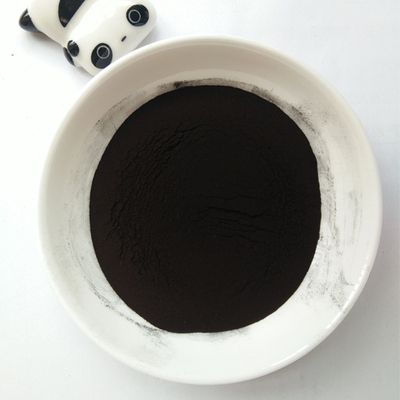

In another study, sulfur was applied for 8 hours to the skin of four volunteers. In one study, sulfur was applied to the skin and was detectable from 2 to 8 hours afterwards. However, it can be absorbed into skin itself. When sulfur gets on intact skin, most of it does not get into the bloodstream.

It is also found in some proteins and vitamins. When it enters our body it can be incorporated into tissues like skin and cartilage. Sulfur is essential for humans, animals, and plants. 16 What happens to sulfur when it enters the body? If inhaled, coughing, shortness of breath, sore throat, and labored breathing, has been reported. 15 See the fact sheet on pets and pesticide use for more information about reducing risks to pets.īurning sulfur creates sulfur dioxide, a gas. Signs associated with brain damage can include blindness, incoordination, seizures, death, and others. 14 Sulfur in excess can cause brain cell death, resulting in brain damage. Signs of poisoning in animals include problems to the stomach and intestines, effects on the lungs, and neurologic disorders. If animals eat too much sulfur, it may be toxic and can be fatal. It can also be irritating to the skin and eyes. Breathing in sulfur dust can irritate the airways or cause coughing. However, ingesting too much sulfur may cause a burning sensation or diarrhea. What are some signs and symptoms from a brief exposure to sulfur?

You can limit your exposure to sulfur by following all label instructions carefully. This can also happen if you get some on your hands and eat or smoke without washing your hands first. 12 You can also be exposed if you are applying sulfur dusts or sprays and you get it on your skin, in your eyes, or breathe it in. Sulfur is present in food and we may be exposed to it in our regular diet. 13 Sulfur in gas cartridges, after ignited and placed in a burrow, releases toxic gases that suffocate burrowing animals.

6 It disrupts their normal body function, altering their ability to produce energy. Sulfur can kill insects if they touch it or eat it. 9 However, the main theory is that sulfur enters fungi cells and affects cell respiration. Some researchers believe sulfur may react with plants or fungi to produce a toxic agent. 8 The way sulfur works is not completely understood yet. If you wish to discuss a pesticide problem, please call 1-80. For additional treatment advice, contact the Poison Control Center atġ-80. If any exposures occur, be sure to follow the First Aid instructions on the product label carefully. 7Īlways follow label instructions and take steps to avoid exposure. 6 Non-pesticide products containing sulfur are used as soil amendments or fertilizers. 5 Some have been approved for use in organic gardening. There are over 200 active products containing sulfur on the market in the United States. Non-food use sites include pets, livestock, and livestock quarters. They are also used in outdoor residential areas and on food and non-food crops. 4 They are used in field crops, root crops, tree fruits, nuts, berries, vegetables, ornamentals, and turf. Products containing sulfur can be dusts, wettable powders, liquids, or fumigant gas cartridges. 4 What are some products that contain sulfur? Sulfur has been registered for use in pesticide products in the United States since the 1920s. 3 Sulfur can kill insects, mites, fungi, and rodents. 2 Sulfur is an essential nutrient for plants. 1 Some proteins contain sulfur in the form of amino acids. Sulfur is an element that exists in nature and can be found in soil, plants, foods, and water. Can sulfur affect birds, fish, and other wildlife? What is sulfur?.What happens to sulfur in the environment?.Are children more sensitive to sulfur than adults?.Has anyone studied non-cancer effects from long-term exposure to sulfur?.Is sulfur likely to contribute to the development of cancer?.What happens to sulfur when it enters the body?.What are some signs and symptoms from a brief exposure to sulfur?.What are some products that contain sulfur?.


 0 kommentar(er)
0 kommentar(er)
